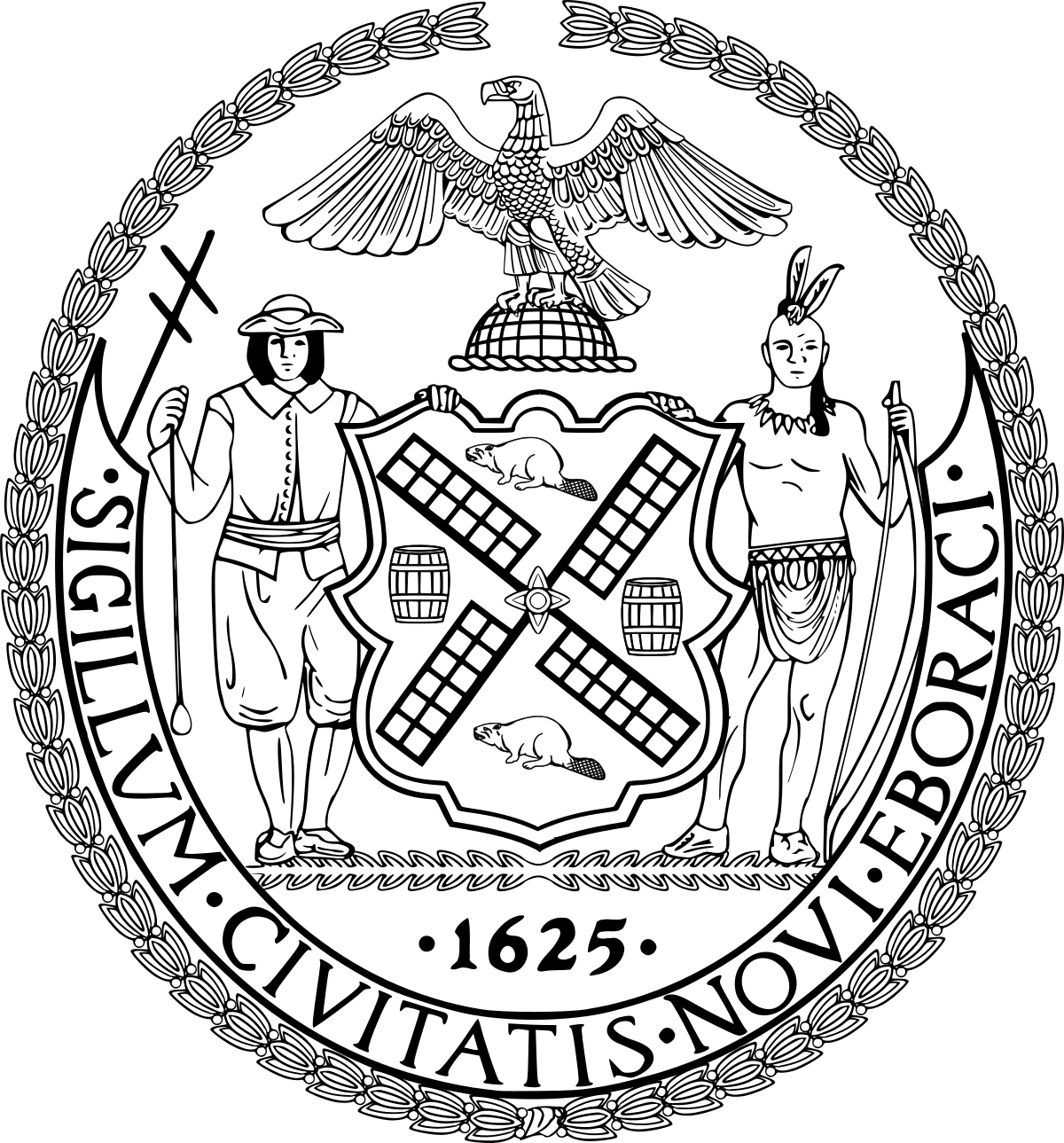Willet’s Early Life and Role During the Revolution.
Willet was born in what today is the Borough of Queens in 1740 to a somewhat prominent old line family of landowners, which is described as having seen better days. He became a cabinetmaker by trade and as a young man growing up in New York he became a member of the Sons Of Liberty.
After hostilities broke out in Boston, an incident occurred on June 6, 1775 when a convoy of British soldiers led heavy arms to Boston to join the Battle of Bunker Hill. Willett came out of a local bar and jumped unarmed in front of the armed line of British soldiers. He protested that only light arms, not heavy arms were authorized by the City’s ruling council to be brought up to Boston.
Other members of the Sons of Liberty soon gathered on Broad Street to stop the convoy and the British authorities (presumably fearing another Boston Massacre) backed down and returned the heavy arms to the armory. As a result of what he would later call “the Broad Street Incident,” Willett became a local patriot who would serve in the Continental Army and later in the New York and Federal governments for the next fifty years.
As active hostilities broke out, having served with the militia in the French and Indian War, Willett became an officer in New York’s militia. He was later assigned to Fort Stanwix near Rome, New York in 1777 as British troops under General John Burgoyne were driving down from Canada to split the colonies in two. The British plan was to send troops under Barry St. Leger to take Fort Stanwix and attack the Revolutionaries from the west. St. Leger’s superior force of British regulars and Native allies besieged Fort Stanwix and some 700 troops under the command of Peter Gansevoort.
Gansevoort sought and obtained reinforcements from Philip Schuyler near Albany and their arrival under Gen. Ebenezer Learned forced St. Leger to abandoned his attack from the west, helping to pave the way for victory at the Battles of Saratoga.
Willett took part in the Battle of Monmouth and would hold senior military positions in Upstate New York during the Revolution where he gained experience fighting Britain and her Indigenous allies, including during the punitive Sullivan-Clinton Campaign (1779) where he was second in command at the attack on the Onondaga in April, 1779. He would later express doubts about the wisdom of the United States policy of subduing Native People in bitter military actions.
Willett also presided over the trial of Walter Butler, a hated and feared Loyalist tried as a spy, found guilty and sentenced to death. On November 11, 1778 the son of John Butler (a wealthy Indian Agent associated with Sir William Johnson) had commanded the Loyalist and Seneca sack of Cherry Valley.
Willett commanded about 400 men, which he positioned at Saratoga, Ballston, German Flatts, Canajoharie, Fort Hunter, Catskill, Johnstown, and Schoharie. He led the militia in an ambush of Loyalists and Indian allies at Sharon Springs and again at the Battle of Johnstown. Afterward, he led his troops to in pursuit of the Loyalists, during which Walter Butler was killed.
In 1781, from his headquarters at Fort Plain he wrote of his militia that “I don’t think I shall give a very wild account if I say, that one third have been killed, or carried captive by the enemy; one third removed to the interior places of the country; and one third deserted to the enemy.”
He was later assigned to take Fort Ontario, but withdrew when his movements were discovered. He was also assigned to build roads and improve access to Oneida Lake.

